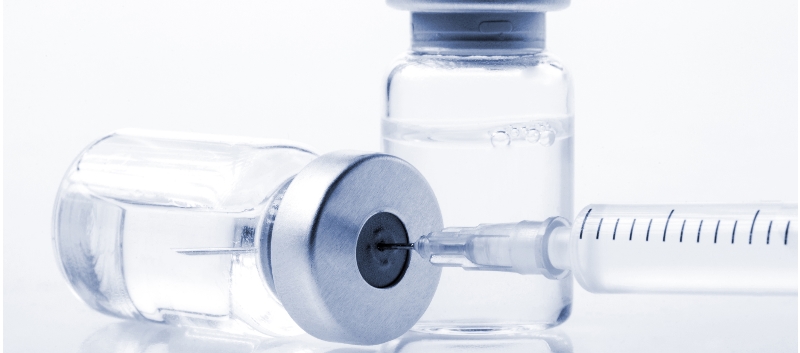ADT May Be Less Beneficial for Gleason 9 to 10 Prostate Cancer - Renal and Urology News


Men with Gleason score 9 to 10 prostate cancer derive no significant survival benefit from androgen deprivation therapy.
Gleason score 9 to 10 prostate cancer (PCa) may be less sensitive to androgen deprivation therapy (ADT) than Gleason 8 disease, new study findings in European Urology suggest.
Paul L. Nguyen, MD, of Harvard Medical School in Boston, and his collaborators identified 20,139 men from the National Cancer Database with localized or locally advanced Gleason score (GS) 8 to 10 PCa treated with external beam radiation therapy (EBRT). Of these, 60% had GS 8, 36% GS 9, and 4% GS 10 disease. In addition to radiation therapy, 78% of GS 8 and 87% of GS 9 to 10 patients received ADT.
ADT was associated with a significant 22% decreased risk for death among patients with GS 8 cancer, but was not associated with improved survival among patients with GS 9 to 10 cancer in multivariable analysis. As GS increased from 8 to 9 to 10, overall survival benefits diminished.
The investigators suggested that Gleason pattern 5 disease, which occurs more often in GS 9 to 10 PCa, may have developed mechanisms to escape androgen dependence.
Optimal treatment for men in Gleason grade group 5 remains unclear. “Consideration should be given to treatment intensification for Gleason 9–10 patients through enrollment in clinical trials or potentially adding novel antiandrogens or docetaxel, which have shown efficacy in both castration-resistant and castration-sensitive settings,” Dr Nguyen's team suggested. They added that, in future, genomics-based tools might help predict which GS 9 to 10 patients will respond to ADT.
Important limitations of the study include the short median follow-up (4 years) and the lack of data on the type and duration of hormone therapy.
“There is clearly a need to explore better therapeutic options and, importantly, genetically profile Gleason pattern 5 disease to allow for precision medicine approaches in the hopes of improving cancer-specific outcomes,” Matthew P. Deek, MD, and colleagues from Johns Hopkins University School of Medicine in Baltimore wrote in an accompanying editorial.
Dr Deek and his coauthors said it may be that Gleason pattern 5 disease more rapidly achieves castration resistance or the presence of GS 9 to 10 disease at diagnosis “is a surrogate for more rapidly progressive disease which is also more likely to have disseminated microscopically.”
They also observed: “Investigation of time to castrate resistance, time to distant metastasis, stratifying men with GS 8 into 4 + 4 versus 3 + 5/5 + 3 and correlation with advanced imaging modalities like prostate-specific membrane antigen-based positron emission tomography will be critical to understanding the nature of this important clinical problem.”
The editorialists suggested testing radiation dose escalation to treat Gleason pattern 5 primary tumors as well as target possible metastatic clones.
References
Yang DD, Mahal BA, Muralidhar V, et al. Androgen deprivation therapy and overall survival for Gleason 8 versus Gleason 9–10 prostate cancer. Eur Urol. DOI:10.1016/j.eururo.2018.08.033
Deek MP, Phillips RM, Haffner M, Tran PT. Is androgen deprivation therapy “another deficient therapy” for Gleason Score 9-10 prostate cancer? Eur Urol. DOI:10.1016/j.eururo.2018.08.033.
https://ift.tt/2Ro6et6



Comments
Post a Comment